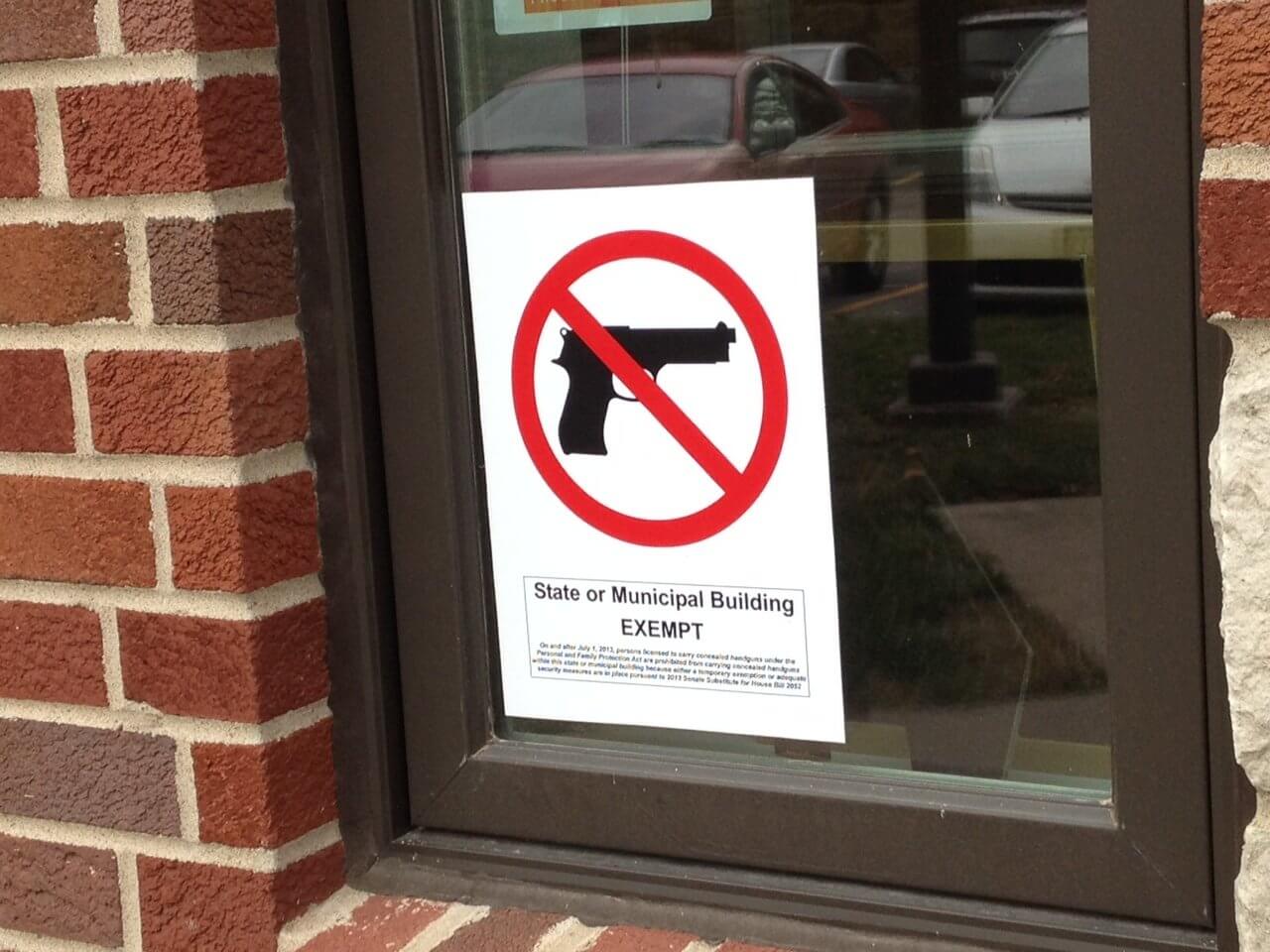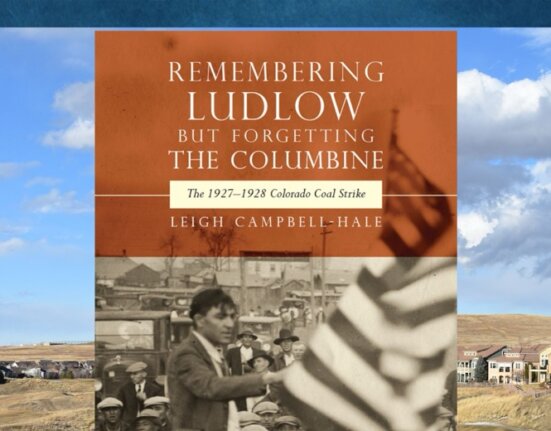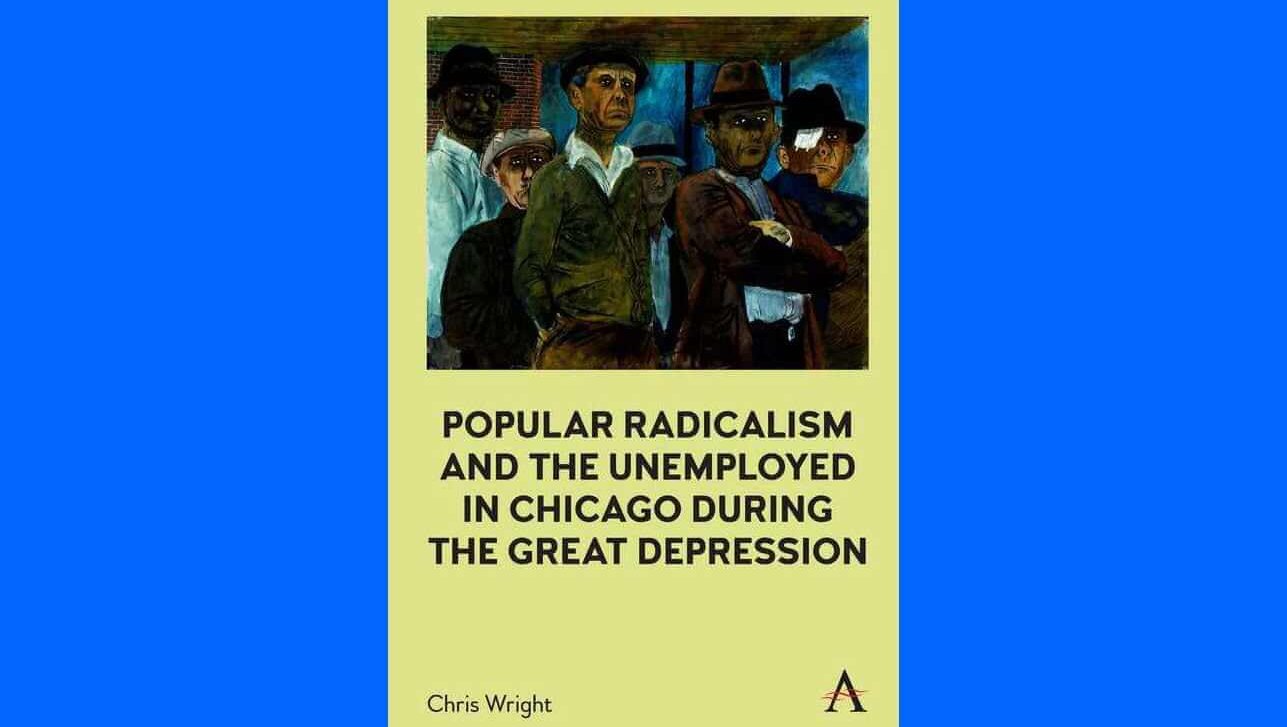The recurring argument that my mother and I had throughout my adolescence had to do with her anxiety about where, and how often, I hung out after school with my friends, or went with them to parties on the weekends. Her perpetual fear was that my friends or I would get into some sort of altercation at Evergreen Plaza, or outside a school dance, and someone packing a gun would use it to kill me. This was not at all an unreasonable concern. Chicago was then decades from its notoriety as “Chiraq,” but we were both aware of how indiscriminately gun violence could strike, claiming close family members and childhood friends. Nonetheless, as a teenager trying to exercise independence and experience what I understood at the time to be manhood, I bristled at her efforts to limit my comings and goings. More often than not, she would give up trying to “talk sense” to me, and offer aloud the hope that I would “just be careful.”
I suppose that I was careful enough. I graduated from high school, went off to college, eventually earned a doctorate, became a professional scholar, and otherwise achieved upward mobility in ways that family members hoped would protect me from the so-called “black-on-black” violence that pundits have talked so much about since the 1990s. The presumption was that by anchoring myself somewhere in the upper strata of the middle class, I would find safety and protection. Yet, in a surreal throwback to my adolescence, my mother and I have returned to old discussions about her concern that someone packing a gun will use it against me. Much of this is driven by the recent, well-publicized incidents of police and vigilante terror that have animated wide-ranging “Black Lives Matter” activism. Because of a policy regarding concealed firearms in the state of Kansas, she’s now asking me to “just be careful” when I go to the university campus where I work.
Next year, postsecondary schools in the Kansas Regents system are scheduled to lose their exemption from a state law, passed in 2013, permitting concealed firearms in all public places. One of several nightmarish outcomes of the state government’s swing to the Tea Party Republican right following the presidential election of Barack Obama, the law allows individuals to carry loaded, concealed firearms without a permit or even safety training. Come July 2017, these provisions will extend to my campus, and others in the state. According to the National Conference of State Legislatures (“Guns on Campus: Overview”), over thirty states introduced legislation between 2013 and 2014 allowing concealed guns on campus. Several states already have some form of concealed-carry law in effect at their institutions of higher learning.

For those who imagine the Sunflower State as being hopelessly retrograde in its politics, the good news is that the concealed carry policy has been received with a mixture of dread and derision. Several heads of state universities in Kansas – most of them living on campus in homes owned by their schools – have voiced misgivings about occupying residences where visitors conceivably could bring concealed firearms. Distinguished Professors at Kansas State University and the University of Kansas (KU) have issued statements against the policy. The KU Department of History released a resolution in opposition, while organizations like the Kansas Coalition for a Gun Free Campus have emerged to actively mobilize against it. The University Daily Kansan, KU’s student newspaper, has covered the issue closely, and admirably. My own department, African and African-American Studies, recently published a statement on the issue.
Here are the key points on which many of us in opposition to this policy will likely agree. First, few of us are naïve enough to believe that concealed firearms do not already exist on our respective campuses, just as we can be sure that illegal drugs are present. Yet, legalizing them can lead to greater numbers of guns, increasing the risk of accidental shootings and self-inflicted violence among students and others. As the Centers for Disease Control and Prevention has reported, deaths from suicide have surged in the United States, with tragic consequences across race and gender. Second, no evidence exists that greater numbers of firearms will decrease the threat of active shooters in situations like the tragic mass shooting at Oregon’s Umpqua Community College. However, if we are to believe at least one examination of data compiled under the Clery Act (which requires colleges and universities to collect and disclose information about crimes committed on or near their respective campuses) incidents of sexual assault – already a problem at KU and far too many other campuses – potentially could increase if firearms are allowed to proliferate. Indeed, a new report from the Violence Policy Center found that men killed more than 1,600 women, often in the context of intimate partner abuse. A firearm was the weapon most commonly used in these killings. This is to say nothing of the instances in which abusers brandished a gun to threaten women in such violent intimate relationships. In contrast, there were only fifteen instances of women using a gun against men in self-defense.
Third, and more fundamentally, the presence of firearms blatantly contradicts the goals of a safe and productive learning environment, particularly at a moment when, at KU and elsewhere across the nation, students of color have resorted to militant protest to expose the toxic campus environments that already exist. Expanding the presence of guns on campus promises to undercut the various diversity, equity, and inclusion-oriented task forces, advisory groups, committees, reports, plans, appointments, mentoring, surveys, and other initiatives that universities like mine have instituted to address problems of campus climate. With anti-black violence, Islamophobia, unrepentant misogyny, and a general fear of racial, immigrant, and sexual “others” rampant in U.S. political exchanges, the increased presence of firearms will only heighten threats of harm to minoritized students, staff and faculty in classroom and campus encounters.
This past spring, one KU student of color who publicly objected to “TRUMP” chalking on the campus experienced a torrent of violent anti-Muslim and misogynist attacks via social media. How would the presence of firearms alter the calculations that an individual would have to make about whether to exercise free speech on campus, or the additional concerns that she would have about her personal welfare after choosing to be heard on an important issue of university concern? Already this semester, a transgender student of color reported being the target of a verbal assault by a carload of harassers who trailed her as she walked at night through the campus. By executive order of Governor Sam Brownback, Kansas excludes lesbian, gay, bisexual, transgender, queer and intersex state workers from anti-discrimination protections. Moreover, according to the National Coalition of Anti-Violence Programs, 72 percent of the victims of hate violence homicides in 2013 were transgender women, with transgender women of color disproportionately affected. In this sort of a regional and national environment, it is frightening to imagine how an armed campus will add another layer of danger to such transphobic and racist encounters.
Particularly for classroom instructors who critically engage race, class, sexuality, gender, nationality, citizenship, religion, and other categories of social difference and inequality in the classroom, the law promises a chilling, demoralizing effect – not only on what we teach, but also on how we teach it. During a campus forum at the University of Houston (where a concealed-carry law was implemented over the summer), the president of the faculty senate suggested that in order to adjust to the policy, faculty should consider avoiding controversial topics in classroom discussion, jettisoning some subjects altogether, and “not ‘go[ing] there’ if you sense anger” from students. Like the U.S. Supreme Court’s 2006 ruling Garcetti v. Ceballos ruling, which allows public agencies to discipline employees for speech made in connection with their jobs, guns at our public universities threaten meaningful expressions of academic freedom. How is free speech possible when safety is, at best, only tenuous?
Relatedly, the heightened sense of disquiet created on an armed campus could have the secondary effect of exposing students, faculty and staff of color to greater profiling and surveillance by authorities, not to mention by our peers. If a vigilante armed with a handgun, racism, and a stand-your-ground mentality can stalk and kill a youth in a gated residential community simply for appearing suspicious, why would we not expect the same to happen in the similarly rarified spaces of the university. Likewise, the July 2016 police shooting death of Philando Castile in Falcon Heights, Minnesota is powerful evidence that gun laws do not protect people of color who choose to exercise them in a society where they often already are presumed to be “armed and dangerous,” thus justifying lethal force (Castile, killed by an officer during a traffic stop, was in legal possession of a firearm.) Rather, the thrust toward liberalizing gun laws, and giving “law-abiding” citizens wider latitude to use them through “stand-your-ground” policies, exemplify a mounting white backlash to the nation’s changing racial demographics – with the Obama presidency as the chief condensation symbol of a reactionary campaign to “take back” America. Fourth, concealed carry will make it difficult to recruit and retain students, faculty, staff, and administrators. At the University of Texas-Austin, for example, two senior faculty members, including a dean, resigned in protest over the state’s campus firearms policy. It is not difficult to predict the same thing happening in the Kansas Regents system.
Again, to be fair, the policy is widely unpopular among faculty, staff, most students, top administrators, and even the campus safety office. But what is to be done? One approach here has been to carefully avoid voicing opposition for fear of antagonizing conservative legislators who have the power to punish the university through state budgeting decisions. The problem is that higher education in Kansas already is reeling from multimillion-dollar budget cuts, and the Tea Party right dominating the statehouse in Topeka is fundamentally committed to imposing austerity on state institutions. Our acquiescence will not change that reality. For some, the recent defeat of several conservative Republican incumbents by moderates during the August primary elections offers a glimmer of hope that public higher education in Kansas may continue to receive exemption from the state’s gun law. But this orientation invests far too much faith in the contingent role of lawmakers in instigating progressive change. Given the current dysfunction of national electoral politics, and the unimaginable outcomes of the November elections, this faith seems especially misplaced.
A second and related approach, advocated by leadership in the university senate, has been to encourage concerned faculty, staff and others to write individual letters to lawmakers expressing opposition to guns on campus. Not only does this option again presume that reform trickles downward rather than rises from the bottom, but it proceeds from the absurd idea that individual initiative is more powerful than action articulated and organized through group-based interests. Superficially, this option idealizes the virtuous, engaged citizen, though in reality it is a sleight of hand that transforms a broadly shared crisis into a personal problem. This approach poses as activism, but it actually retreats from the collective action that makes activism a meaningful enterprise.
Third, particularly among the faculty, some have proposed a range of public, collective responses in opposition to campus firearms. But what of the consequences for these actions? Graduate teaching assistants at KU have representation in collective bargaining, but faculty do not have a proper campus lounge, to say nothing of a faculty union. Yes, there is shared governance, such as it exists in the modern neoliberal, corporate university; but despite some positive recent developments, entities like the faculty senate tend to function more as extensions of university bureaucracy rather than avenues of independent faculty self-organization and power. What are your thoughts about this? I welcome your collective wisdom.
In the meantime, I must confess that I struggle with the issue of why I, or anyone else, should expect greater preemptive measures against gun violence at a place like KU than on the South Side of Chicago where I was born and raised – or, for that matter, in Charlotte, Tulsa, Flint, Baton Rouge, Miami, Baltimore, Ferguson, or Standing Rock. This is not at all to suggest that because guns are pervasive everywhere else, they should be at KU, too. To the contrary, I remain committed to the vision of a gun-free campus – for all of the reasons argued above – and want to work toward that goal. But I also recognize that “the town,” as well as “the gown,” should be rid of this concealed-carry law. It is a bad law. It needs to be repealed. And there’s no reason to expect that KU or any other school in the system will have safety by being content to only restrict the law to spaces outside the university. As with so many other issues confronting us, we ultimately will solve this one all together, or not at all.







